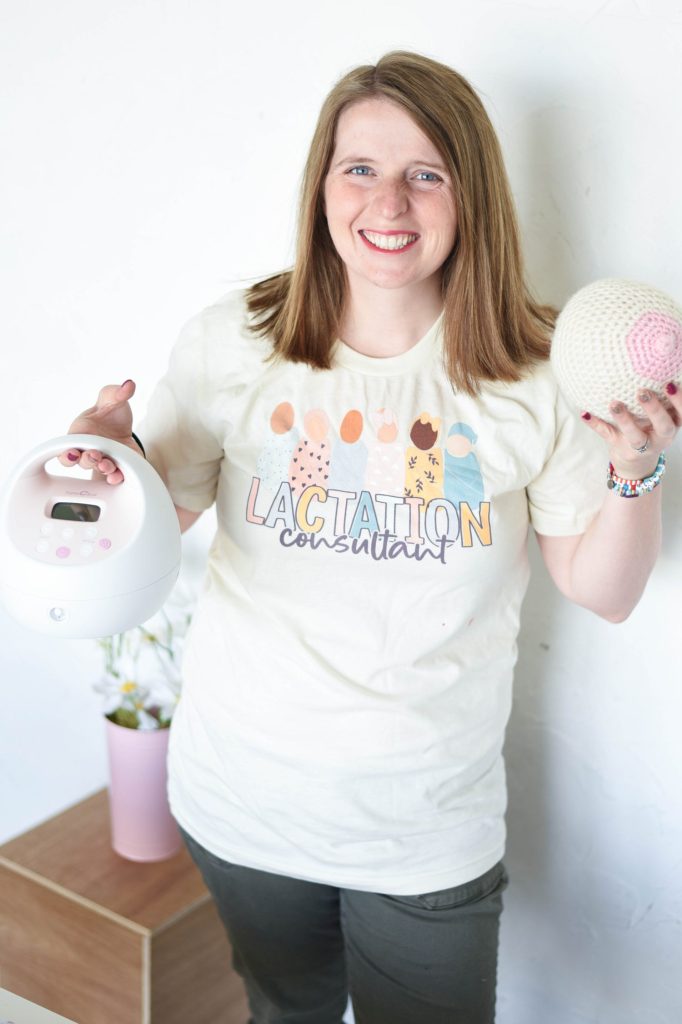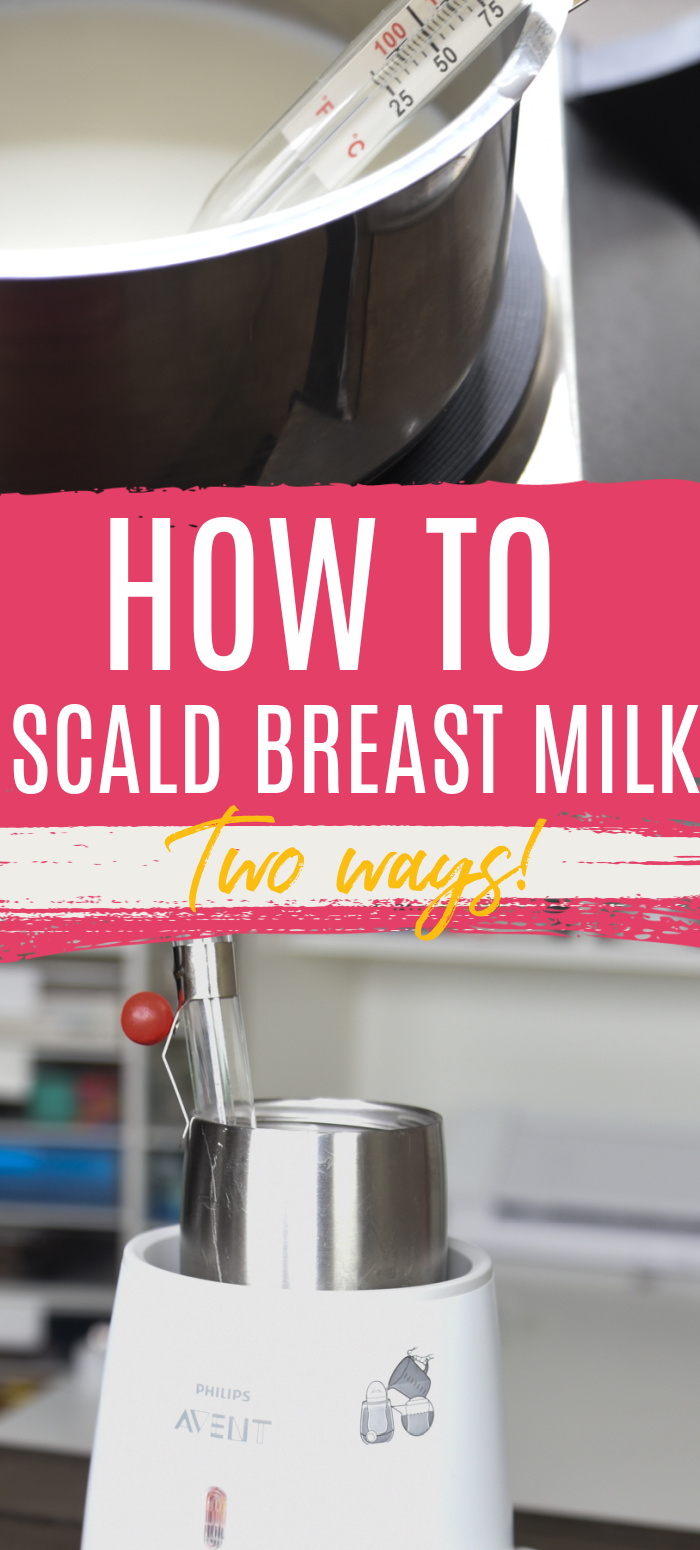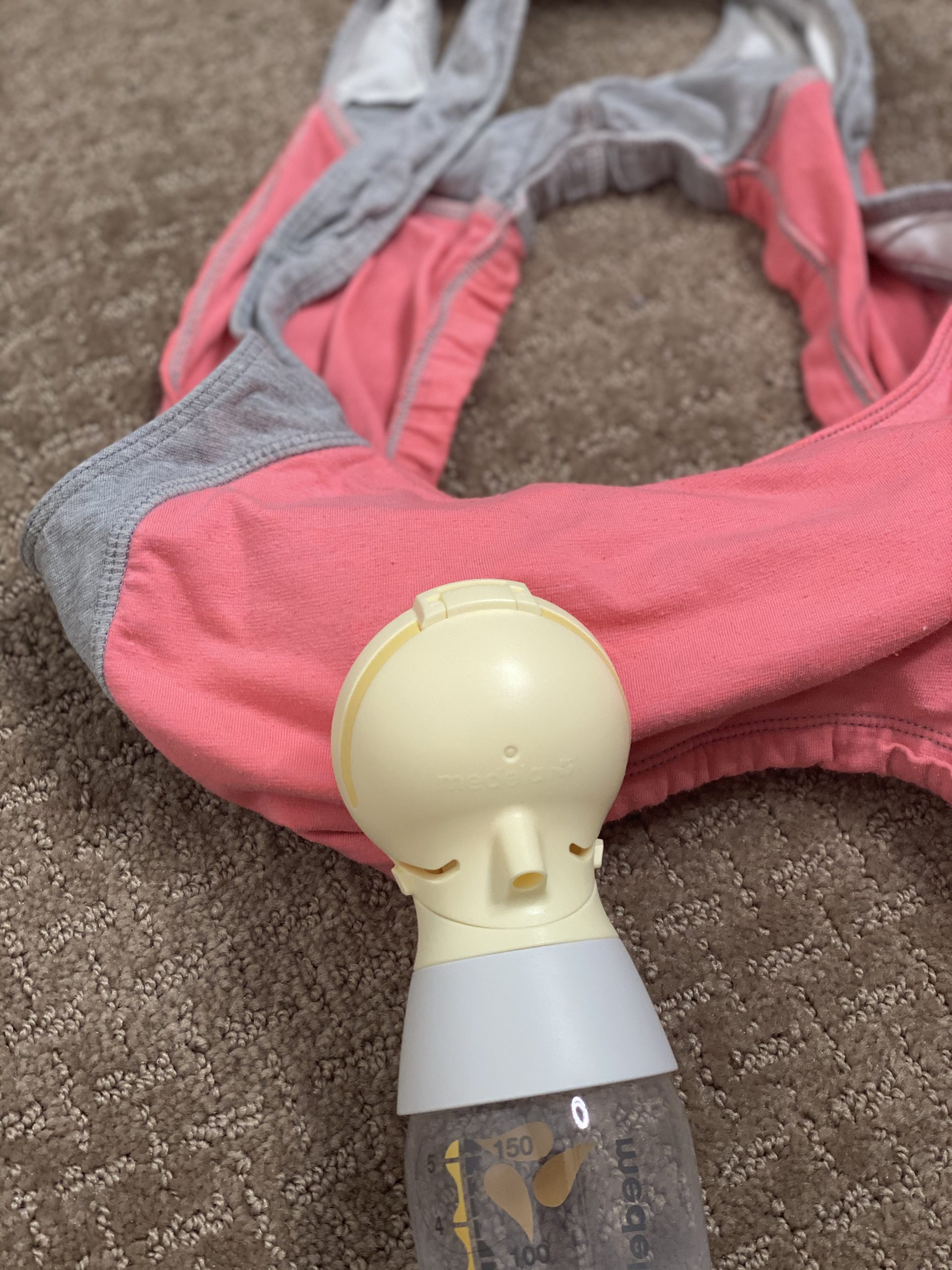Night weaning can be a difficult and emotional process for everyone involved – however, with a little bit of patience and love, it can be done. Here are some of the best tips on how to wean night feedings.

How to Wean Night Feeding
If you’ve breastfed your child into toddlerhood, congratulations! That is a huge accomplishment. And maybe you’re still loving nursing, but you are tired. You really just need a full night sleep. That’s where night weaning comes in.
Fortunately, my friend Samantha has been through the process of night weaning with four kids, so she has a lot of advice on the matter. In fact, she’s developed the PREP Method for night weaning your child gently and respectfully.
Read on to learn the basics of night weaning your own toddler (and how to know if you need to hold off and try again in the future).
How old should your child be before night weaning?
Every child is different, but generally, I recommend waiting until your child is 12 months old before night weaning. That way, their little tummy is definitely ready to go all night without eating.
In addition, breastfeeding during the night helps protect your milk supply. Remember, breastfeeding works off supply and demand: The more often you nurse, the more you signal your body to make milk. So going 8 hours or more without draining your breasts before your child is a year old may not be a good idea.
Getting ready to night wean
Gentle night weaning requires some preparation.
Even if you get up one morning, bleary-eyed and determined that you have to start getting more sleep, don’t spring night weaning on your child. After all, wouldn’t you be bewildered if the nighttime routine you’d had all your life was suddenly changed with no warning?
Instead, take a few weeks to get your child used to the idea.
One great way to introduce the concept of night weaning is to read night weaning books together (this book template is easy to use – just add your child’s name and pictures, then print it off. You can give your toddler their own special night weaning book to keep – so precious!). This way, your little one can get used to the idea that it’s even possible to sleep all night without breastfeeding.
If you’re bedsharing, it’s up to you whether you want to introduce a toddler bed or not. While it’s definitely easier to keep your child away from your breasts if they’re not right beside them, a toddler bed is also just one more adjustment to make.
If you do choose to move your child’s sleeping arrangements, just make sure to do so at least a few weeks before officially starting the night weaning process.
A few days before, have a countdown set up. Tell your child, Tonight we can have milkies in the night, and tomorrow night we can have milkies, but the night after that, you will sleep all night and the milkies will sleep all night. Then you can nurse when the sun comes up! Each night and morning, refer back to this countdown to remind your child that change is coming.
Surviving night weaning
Even though you’re not completely weaning, night weaning is stressful for both of you. So just be prepared – you’re going to have a rough few nights.
My biggest suggestion – go to bed early. Make sure you start night weaning when you have as few commitments as possible so you’re not cranky or too tired to do what you need.
Most likely, the beginning of the first night won’t be too bad. You finish up the countdown you started with your child a few days ago. Okay, we’re going to get milkies right now, and then you and the milkies are going to sleep all night long. You can have milkies when the sun comes up.
But the first time your child wakes up expecting to nurse, expect some tears (Note: This is not a “cry it out” method. You stay with your child the whole time, helping them process their feelings. That’s a big difference from leaving your child in their room all alone with no support).
With that said, your main job during night weaning is to be empathetic. Yes, even when it’s 2AM and your child is screaming, begging to nurse (This is why I love the PREP method, btw. You get exact prompts about what to say to comfort your child while holding gentle boundaries during night weaning).
You may have to do this routine several times throughout the night. Just stay gentle and understanding, but hold your ground (Tip: A lot of people recommend letting dad or your partner handle wake-ups during night weaning. This works really well for some people, but for me, I just get stressed out listening.)
In the morning, don’t forget to praise your child once you allow nursing again. Yay, you and the milkies slept all night long! And now the sun is awake, so you can get milkies! You did so well.
The second night of night weaning may be easier, or it may be much worse. For my youngest, it’s like he accepted pretty quickly that this was going to be the new normal. But my oldest fought. It’s like the first night confused her, but the second night she was ready to do battle and demand her right to nurse in the night. Again, just be empathetic and hold your ground.
By the third or fourth night, things should start getting easier. Your child may wake up once, but go down pretty easily. If the fourth night is still pretty hellacious, that might be an indication that you should just wait and try again in a few months.
Conclusions on night weaning
I hope this crash course on night weaning is helpful for you!
If you want more help, like
- knowing how to be sure your child is ready for night weaning
- a timeline telling you exactly when to do each step
- prompts telling you exactly what to say to your little one during the process
And more, make sure to check out the PREP Method Master Plan for Night Weaning.
You’ve got this Mama!
More Posts You May Enjoy:
- 9 Must-Know Tips for Weaning from a Nipple Shield
- Post-Weaning Depression: A Reality No One Talks About
- How to Wean from Breastfeeding: Everything You Need to Know
- Two Simple Ways to Scald Breast Milk to Fix High Lipase
- Tongue Tie Post Revision Care: Tips for Success + Printables
- Top Must-Haves for Breastfeeding Twin Babies
- Is Your Pediatrician Breastfeeding Friendly? 14 Questions to Ask.







